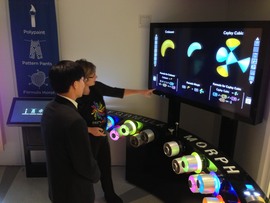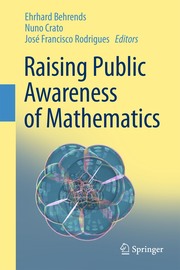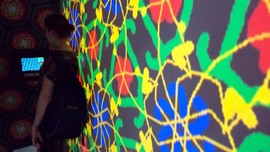I. AM.AI is the name of IMAGINARY’s new exhibition project aiming to communicate Artificial Intelligence, how it works, and its social impacts, to the public.
The exhibition, supported by the Carl Zeiss Foundation, will open in April 2020. It will feature both new and established research in fields like machine learning, expert systems, general artificial intelligence and more. The exhibition will visit Heidelberg, Mainz and Jena for four months each.
We are looking for engaging art projects which ask critical questions regarding our relationship with AI. Interactive and performative art pieces are just as welcome as visual art, popular art or works of fiction.
If this sounds exciting to you please send us a short description of what you’re working on to ai@imaginary.org. Links to online examples and videos of your work are very welcome. Please send in your material until the 30th of September.
About
IMAGINARY
IMAGINARY is a non-profit organization dedicated to the communication of current research in mathematical sciences. It develops interactive software, 3d prints, visualizations for exhibitions, museums, workshops and teacher trainings. IMAGINARY also runs a collaborative platform for open source formats in mathematics communication.
It originated in the German Year of Mathematics 2008 at the Mathematisches Forschungsinstitut Oberwolfach (MFO), a Leibniz Institute, and has become an independent organisation in 2016 with the MFO remaining a shareholder. IMAGINARY won several awards and organized more than 340 exhibition activities in 60 countries and in 30 languages and attracted several million visitors.
About the Carl Zeiss Foundation
The Carl Zeiss Foundation’s mission is to create an open environment for scientific breakthroughs. As a partner of excellence in science, it supports basic research as well as application-orientated research and teaching in the MINT subject areas (mathematics, information technology, natural sciences and technical disciplines). Founded in 1889 by the physicist and mathematician Ernst Abbe, the Carl Zeiss Foundation is the oldest private science funding institution in Germany. It is the sole owner of Carl Zeiss AG and SCHOTT AG. Its projects are financed from the dividend distributions of the two foundation companies.




